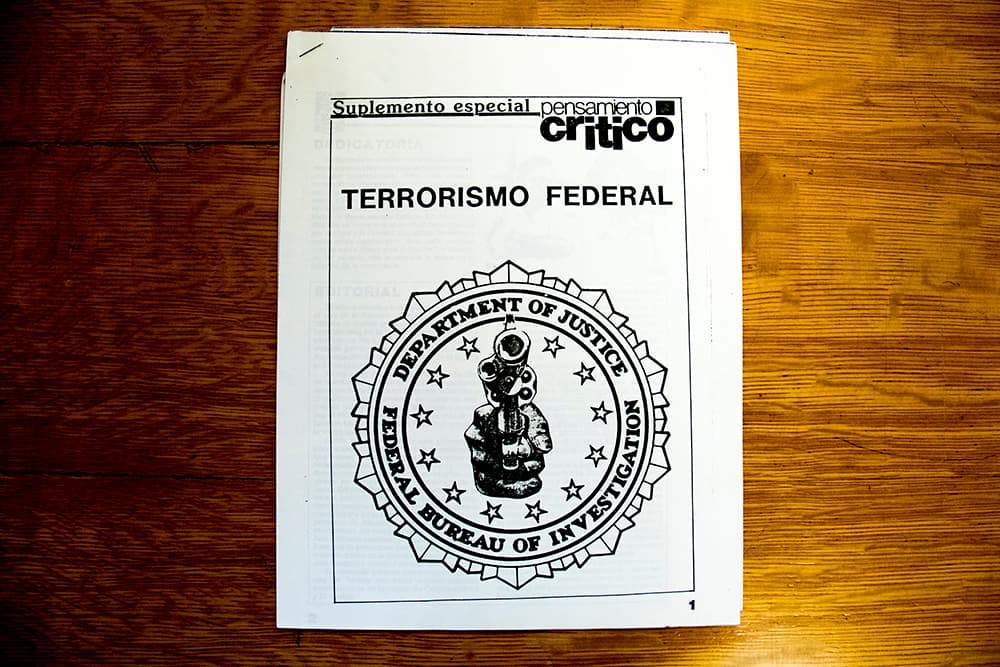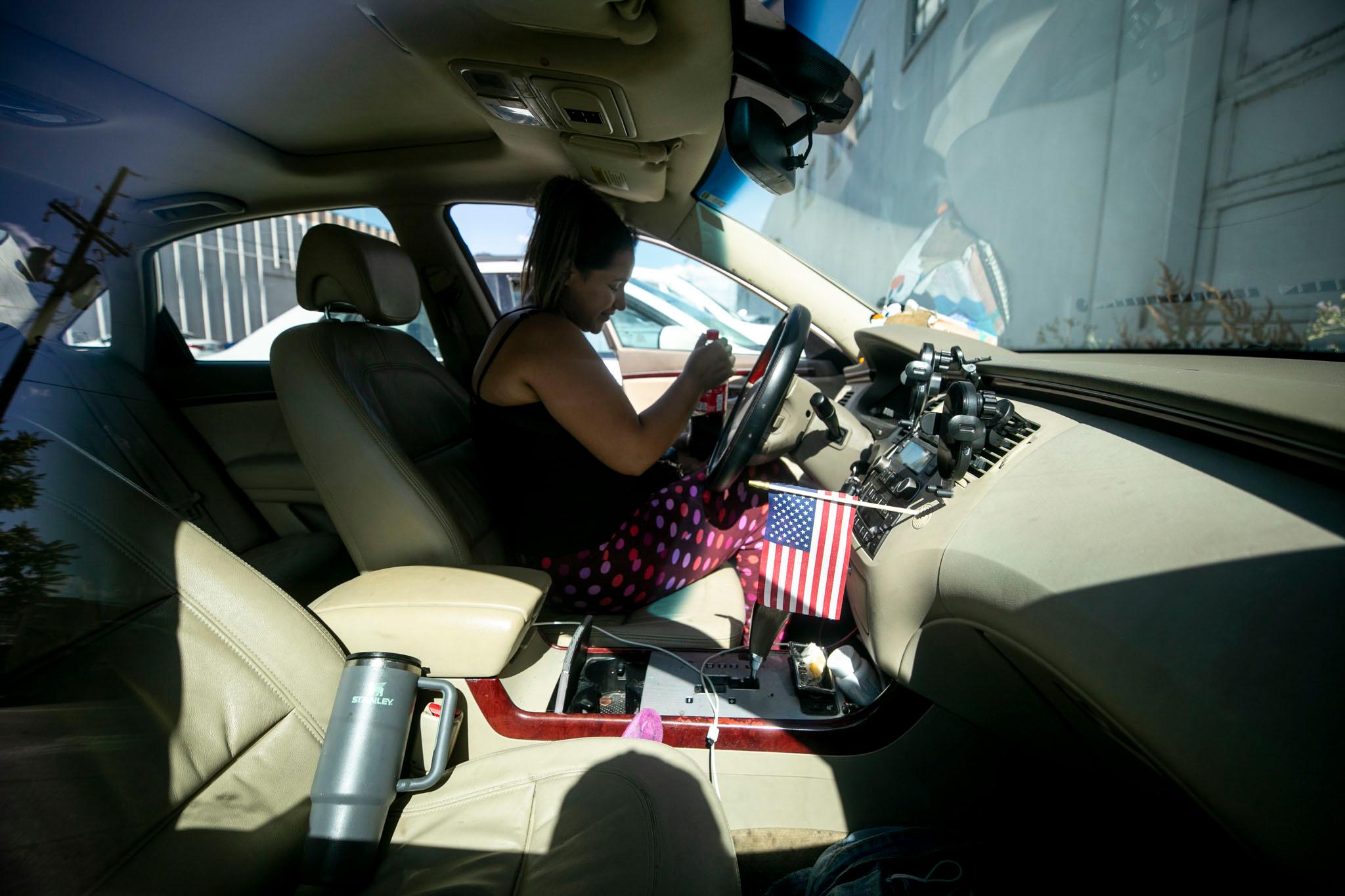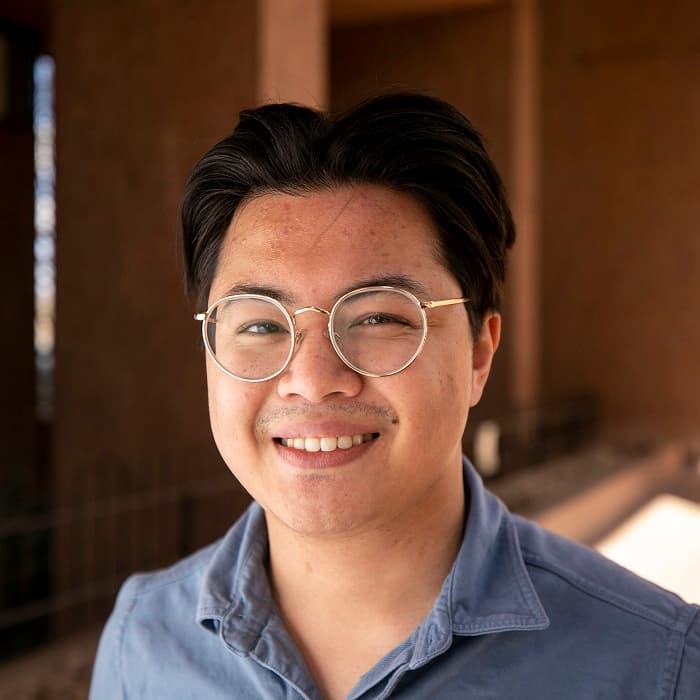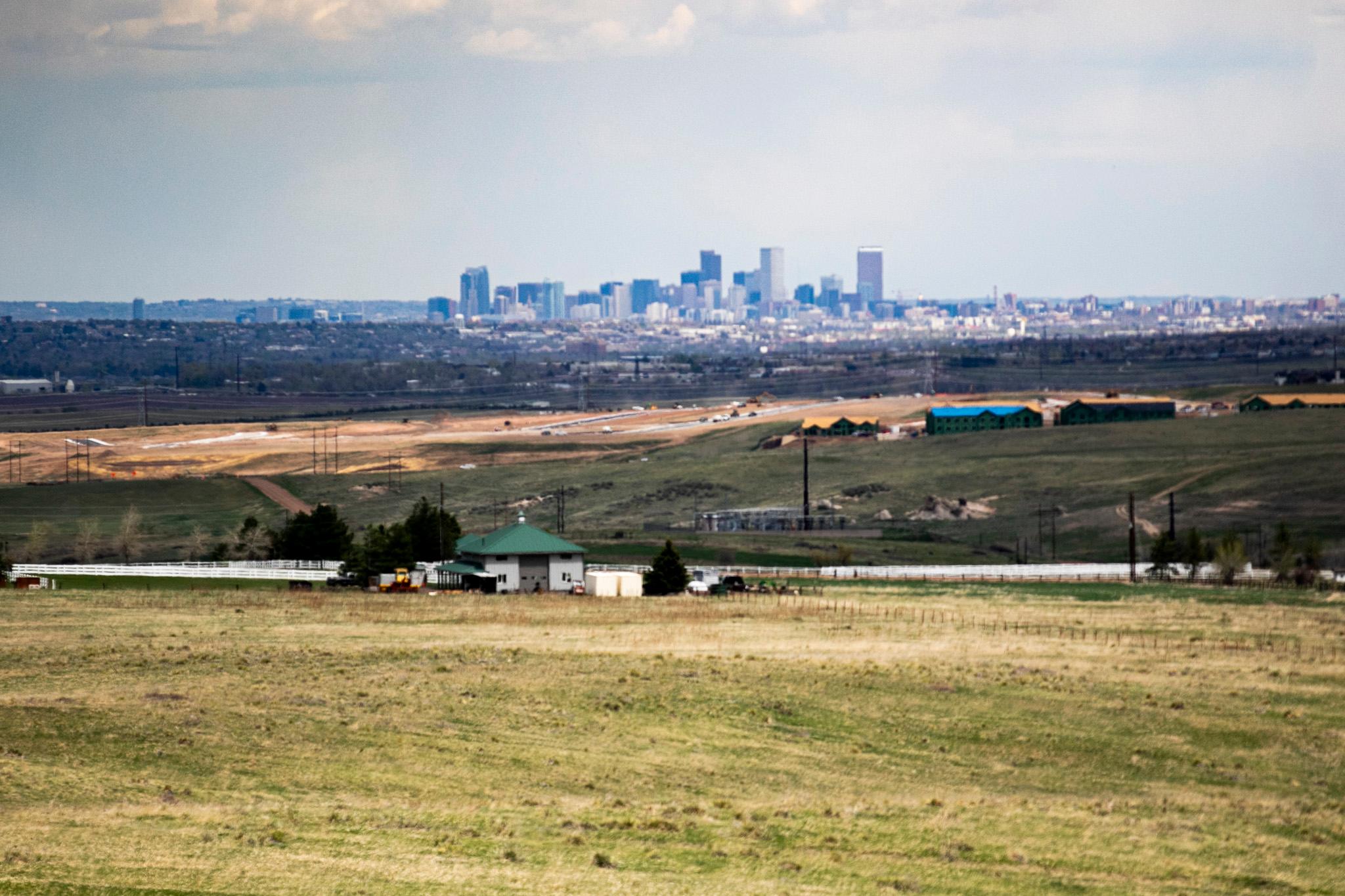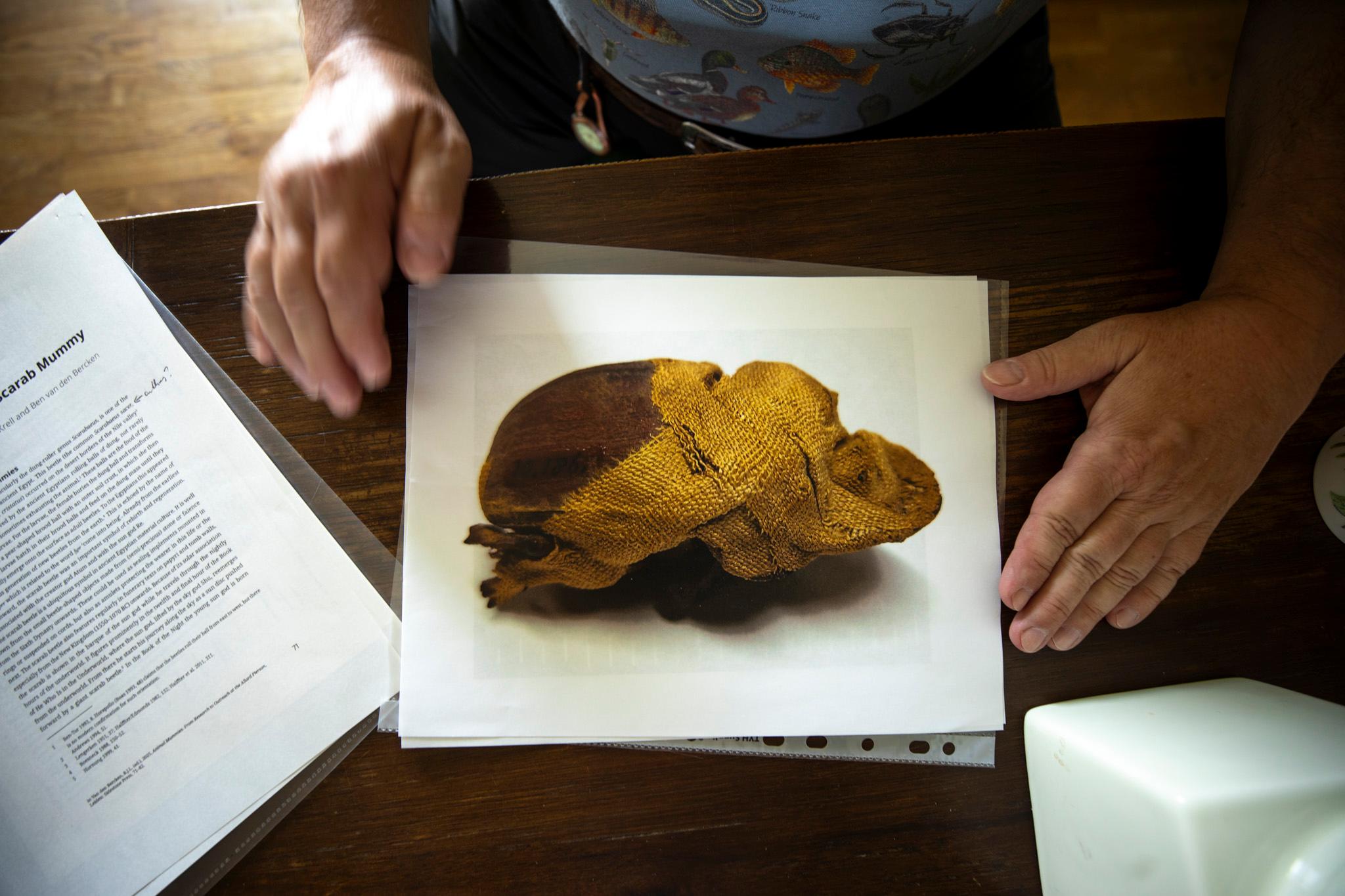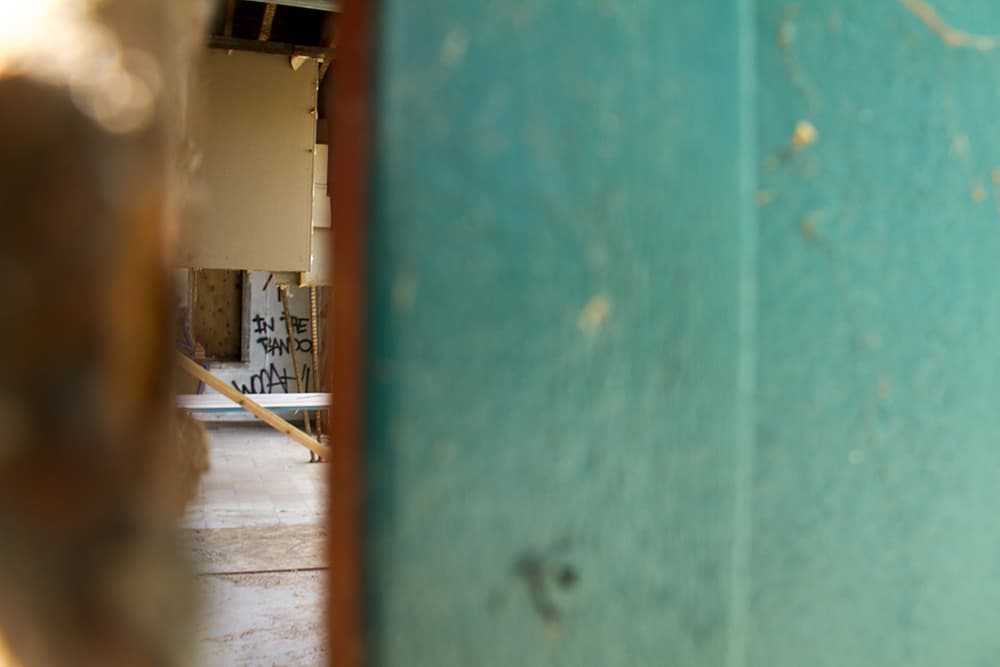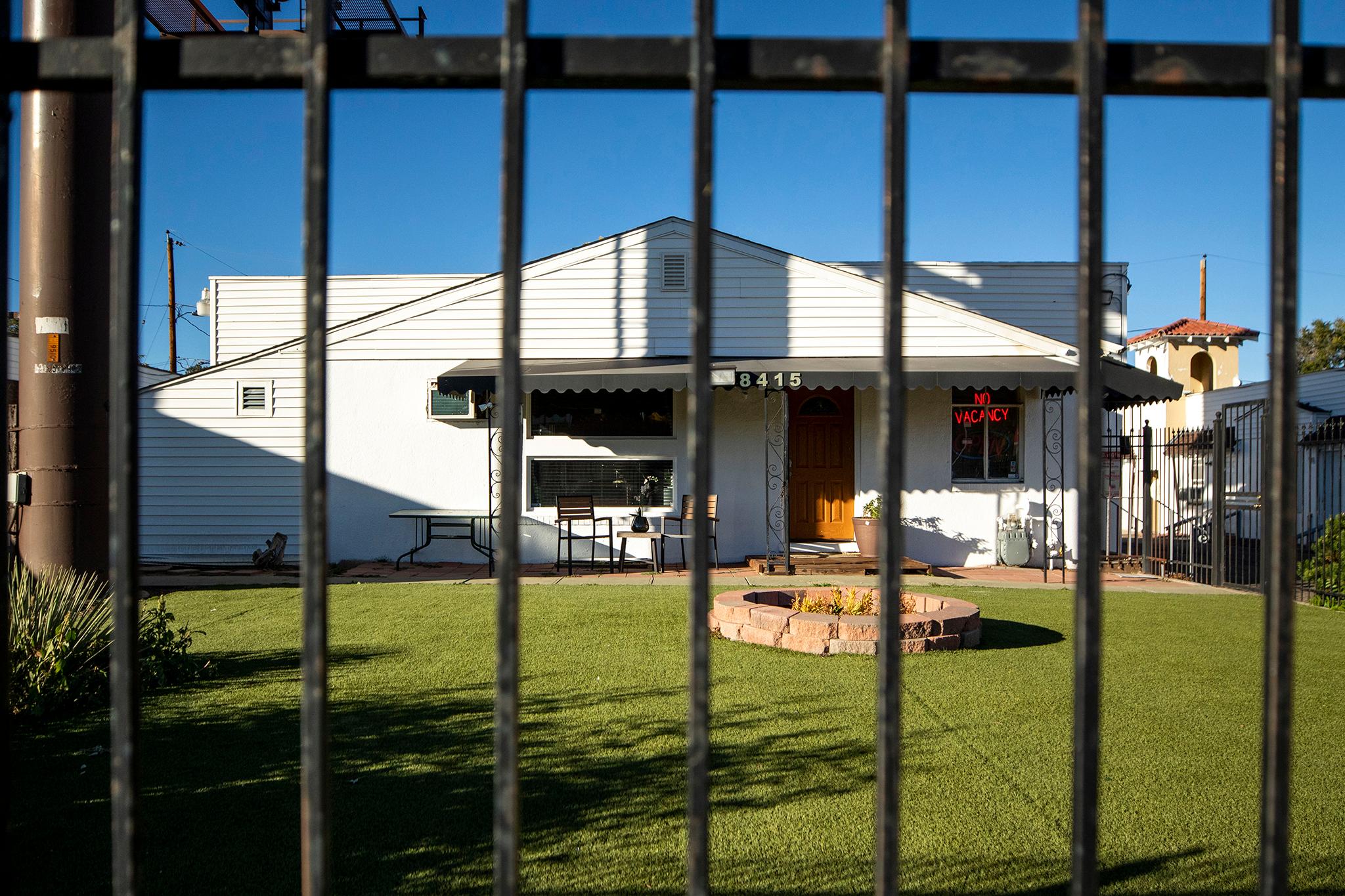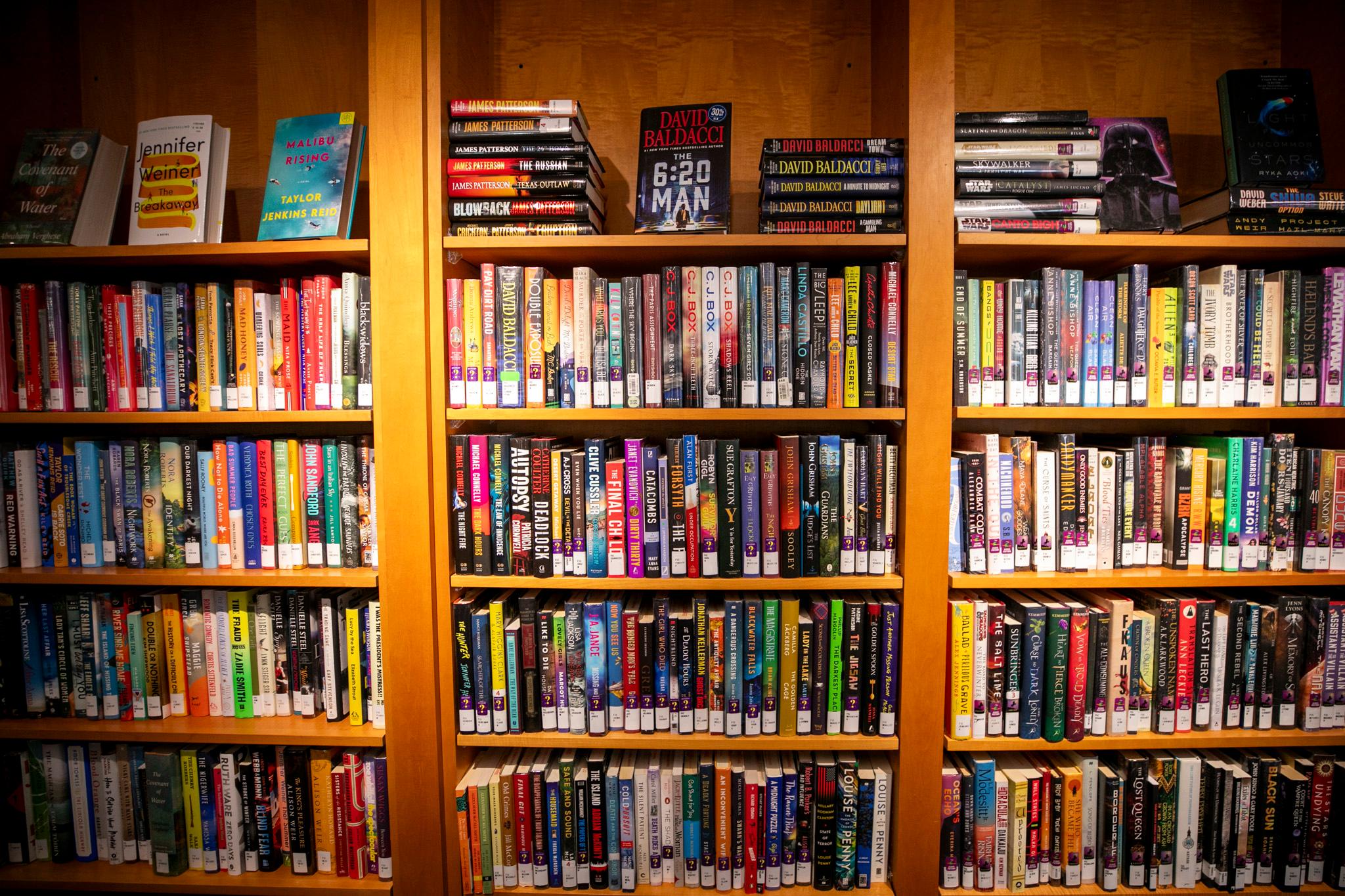
Yesterday I dove into the Denver Public Library's Western History archives hoping I'd find information about Cinco De Mayo celebrations on Santa Fe Avenue before the neighborhood became a trendy arts district. Instead my query led me to the Rodolfo "Corky" Gonzales Papers.
The ex-boxer, poet and Chicano leader who is the namesake of a West Colfax library branch came to prominence during a complicated moment in the 1960s in politics, policing and race relations. Even a short visit into his papers shows how Gonzales became a controversial figure who envisioned a future revolution.
The police slaying of an activist made national headlines.
In 1973 20-year old Luis Martinez Jr. was killed in a police raid at a Crusade for Justice-owned apartment building. During a shootout between Crusade members and police, the building mysteriously exploded. Police said the gunfire caused a cache of explosives in the building to go off, while Crusade members said police fired an explosive into the building.
Martinez, "choreographer for the Crusade's Ballet Chicano dance group," was the only fatality. Police arrested 36 people.
The episode made The New York Times. A Rocky Mountain News investigation found the police were justified in their use of force and "exercised restraint."

This view of the shootout between police and activists was echoed in public resistance to the West Colfax library name. One critic wrote in the Denver Post that Gonzales "chose to support violence to reach his goals."
But activists felt they were resisting a long history of police violence directed at the Chicano community.
One response to the Post article pointed to a 1969 West High School protest at Sunken Gardens Park when police "started beating high school girls with their batons during a demonstration."

Gonzales' file contains an FBI report on the incident and is full of testimony and reporting from similar moments during that era. The file contains a many-paged collection of eyewitness reports of a police raid on La Raza Park (and/or Columbus Park on 38th Ave) one summer night.
It's perhaps appropriate that he was known as "'the fist' of the Chicano Movement." It's a name that conjures images of both resistance and violence, a duality that seems to define his memory.
Gonzales predicted a revolution.
On Cinco De Mayo, 1989, Gonzales had not made many public appearances for some time. But he made an exception that day and spoke at a University of Colorado event that was covered by the Boulder Daily Camera.
While the photo shows Denver Mayor Federico Peña playfully smacking a piñata, the story centers around Gonzales' solemn address. "The Chicano movement, the revolutionary movement of this country, is coming back to life," he said.

"I do not say this to put fear in your hearts," he continued. "I say this to encourage you and you and every one of us who waited for this time when Indian people will be free, when Mexican people will be free, when black people will be free. The time will come when the fire will burn in your hearts, and you will know what you have to do."
Gonzales died of heart failure in 2005 at the age of 76. His widow, Geraldine Romero Gonzales, donated his collection in 2007 and 2008.

